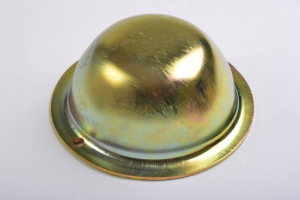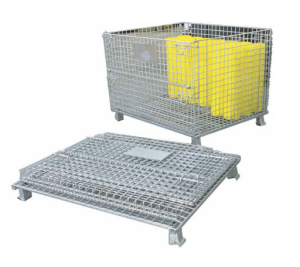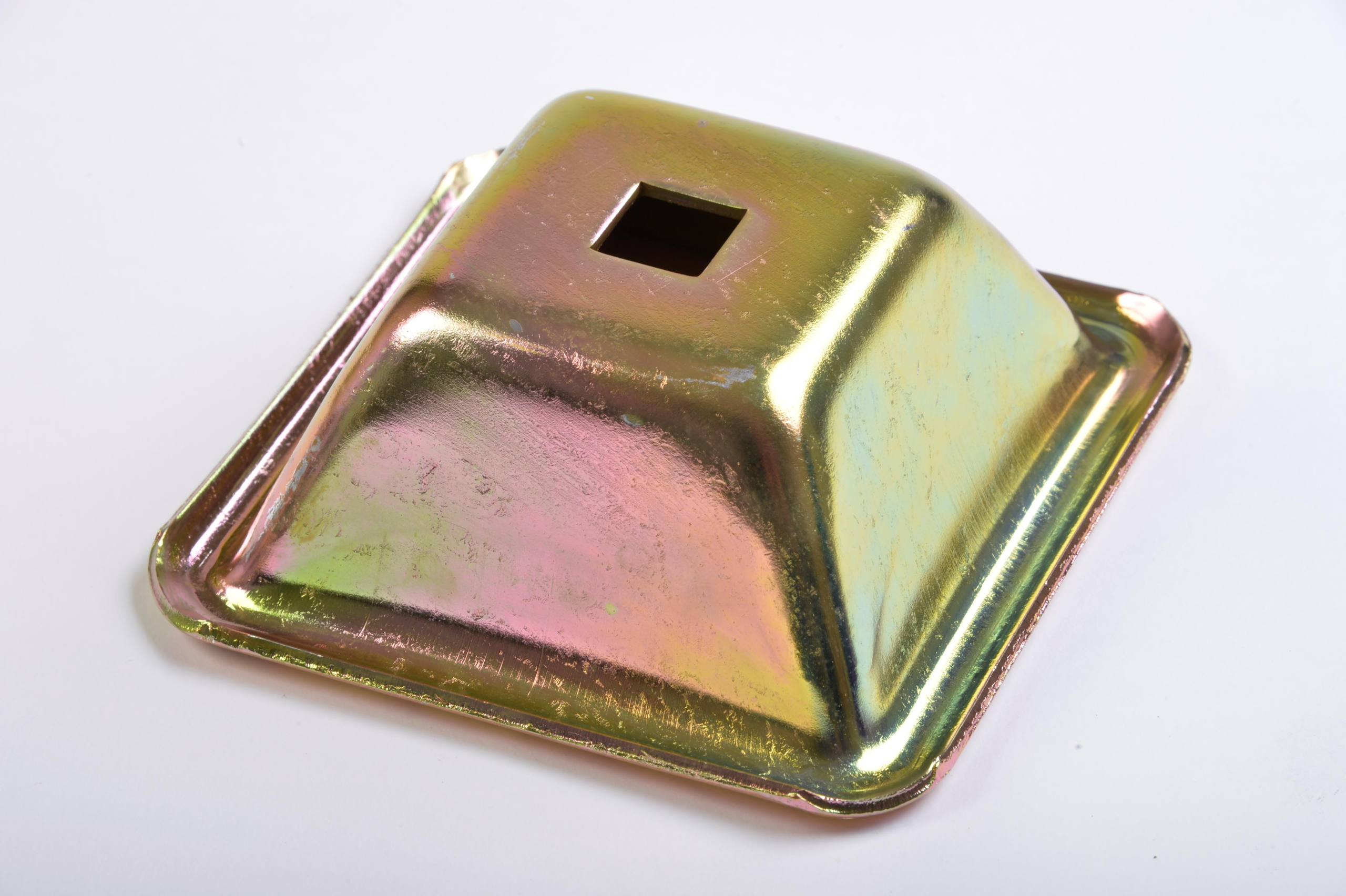Steel vs Plastic Pallet Feet – Choosing Based on Load, Environment & Cost
When it comes to warehouse storage and material handling, even the smallest components play a big role in efficiency and safety. One such component is the pallet foot. These small attachments support pallets and stillages, allowing them to stand firm, stack securely, and withstand heavy loads. But not all pallet feet are the same. The two most common types are steel pallet feet and plastic pallet feet.
If you are wondering which one is right for your warehouse or logistics setup, this guide will help you compare the two based on load capacity, environment, cost, and practical usage.
What Are Pallet Feet?
Pallet feet are supportive fittings attached to the base of pallets or stillages. Their role is to:
- Provide stability and balance.
- Allow safe stacking.
- Prevent direct floor contact.
- Extend pallet life.
Depending on the industry, pallet feet can be made from different materials, but steel and plastic remain the most common choices. Read the detailed guide about pallet feet, their types and uses.

Durable round steel pallet feet are designed for heavy-duty stability and long-lasting industrial use.
Steel Pallet Feet
Steel pallet foot are known for their strength, durability, and long lifespan. They are commonly used in heavy-duty industries such as manufacturing, automotive, construction, and bulk logistics.
Advantages
- High Load Capacity: Steel feet can handle very heavy loads, making them suitable for demanding storage environments.
- Durability: They are resistant to breakage, bending, and wear and tear.
- Heat and Cold Resistant: Unlike plastic, steel is not affected by extreme temperatures.
- Recyclable: Steel pallet feet can be recycled, making them environmentally friendly in the long term.
Kirmell pallet feet are designed for heavy-duty use, offering durable steel options trusted by industries like construction and automotive
Disadvantages
- Higher Cost: Steel is more expensive than plastic.
- Heavier Weight: Adds to the overall pallet weight, which can increase shipping costs.
- Prone to Rust: If not treated or coated, steel can rust in humid or wet conditions.
Plastic Pallet Feet
Plastic pallet feet are lighter and more cost-effective, making them a popular choice in industries where weight reduction and hygiene are important, such as food, pharmaceuticals, and retail.
Advantages
- Lightweight: Easy to handle and move, reducing strain for workers.
- Lower Cost: More affordable than steel, especially for bulk purchases.
- Corrosion Resistant: Plastic doesn’t rust, making it ideal for wet or humid environments.
- Floor Protection: Plastic feet are less likely to scratch or damage warehouse floors.
Disadvantages
- Lower Load Capacity: Not suitable for extremely heavy loads.
- Less Durable: More prone to cracking under impact or pressure.
- Sensitive to Temperature: Extreme heat or cold can weaken the material over time.
Choosing Pallet Feet Based on Load Capacity
When it comes to load-bearing strength, the material of your pallet feet makes a huge difference.
- Steel pallet feet are the go-to option if your warehouse handles heavy machinery, bulk goods, construction supplies, or automotive parts. Their strong, reinforced build allows them to carry large amounts of weight without bending or cracking, ensuring long-term safety and stability.
- Plastic pallet feet, on the other hand, are designed for light to medium load storage. They work best for items such as packaged goods, pharmaceuticals, retail stock, and lightweight containers. If your products don’t require heavy-duty stacking or if they are rotated quickly in and out of storage, plastic feet will be sufficient.
For warehouses handling heavy loads, Kirmell steel pallet feet are a reliable choice, designed to withstand pressure while ensuring long-term stability.
Choosing Pallet Feet Based on Warehouse Environment
The environment of your warehouse plays a major role in deciding between the two options.
- In wet, humid, or hygiene-sensitive areas, such as food storage facilities, pharmaceutical warehouses, or chemical plants, plastic pallet feet are the better choice. Plastic does not rust or corrode, making it safe and hygienic in conditions where steel might fail.
- In extreme temperature settings like cold storage facilities or high-heat industrial environments, steel pallet feet perform much better. Steel maintains its strength even under drastic temperature shifts, ensuring that pallets remain stable and safe.
By considering your working environment, you can prevent premature wear and ensure your pallet feet provide consistent performance.
Choosing Pallet Feet Based on Cost and Long-Term Value
Cost is always a critical factor in warehouse operations, and the choice between steel pallet feet and plastic pallet feet should balance upfront price with long-term value.
- Steel pallet feet are generally more expensive at the start. However, because of their durability, strength, and long lifespan, they require fewer replacements, making them a cost-effective investment for heavy-duty industries.
- Plastic pallet feet are more budget-friendly upfront, making them appealing to warehouses handling lighter loads or businesses that need to purchase in bulk. They are also cheaper to transport because of their reduced weight.
If your operations involve long-term, heavy use, investing in a steel option will save money in the long run. But if your priority is affordable, lightweight, and rust-proof options, plastic pallet feet are the smarter choice.
When to Choose Steel Pallet Feet?
Steel pallet feet are the best option if your business needs:
- Heavy load storage for industries such as automotive, machinery, and construction.
- Long-term durability where pallet replacements are costly or inconvenient.
- Reliable performance in extreme environments, including freezing or very hot warehouses.
- Enhanced workplace safety, where pallet failure could cause serious accidents or losses.
For operations that demand strength, safety, and long-lasting performance, these are the most reliable solution.

Kirmell Steel Pallet feet work best on industrial pallets
When to Choose Plastic Pallet Feet?
Plastic pallet feet are the better fit if your operations involve:
- Light to medium load storage, such as retail stock, food products, or medicine supplies.
- Hygienic environments where rust-free and easy-to-clean materials are required.
- Affordable solutions for warehouses working with tighter budgets.
- Floor-friendly storage, since plastic pallet feet are less likely to scratch or damage warehouse floors.
If your warehouse prioritises cost savings, hygiene, and easy handling, plastic pallet feet are the most practical option.
Kirmell Pallet Feet – Built Strong for Heavy-Duty Storage
At Kirmell, we specialise in manufacturing premium steel pallet feet designed for strength, safety, and long-term performance. Our pallet feet are built to handle heavy-duty loads, making them the perfect choice for warehouses, logistics centres, and industries that demand reliable storage solutions.
Unlike lighter alternatives, Kirmell pallet feet provide outstanding durability in extreme conditions, from freezing cold storage to high-heat industrial environments. By choosing Kirmell, you’re investing in quality that reduces replacements, improves efficiency, and ensures safer stacking.
Looking for durable and reliable pallet feet? Contact Kirmell today to get a customised quote and find the perfect solution for your warehouse needs.
Conclusion
Both steel pallet feet and plastic pallet feet are essential for warehouse storage, but the right choice depends on your needs. Steel pallet feet are strong, long-lasting, and ideal for heavy-duty loads or extreme environments, while plastic pallet feet are lightweight, cost-effective, and perfect for hygienic or light to medium load applications.
By carefully selecting the right material, you can improve safety, efficiency, and cost-effectiveness in your warehouse operations. At Kirmell, we offer both steel and plastic pallet feet, ensuring you get a solution tailored to your specific storage and handling requirements.
FAQs
Which pallet feet are stronger, steel or plastic?
Are plastic pallet feet durable enough for warehouse use?
Can pallet feet prevent warehouse floor damage?
Do pallet feet and stillage feet serve the same purpose?
Which pallet feet are best for cold storage?
Where can I buy steel pallet feet and plastic pallet feet?



Leave a Reply
Want to join the discussion?Feel free to contribute!